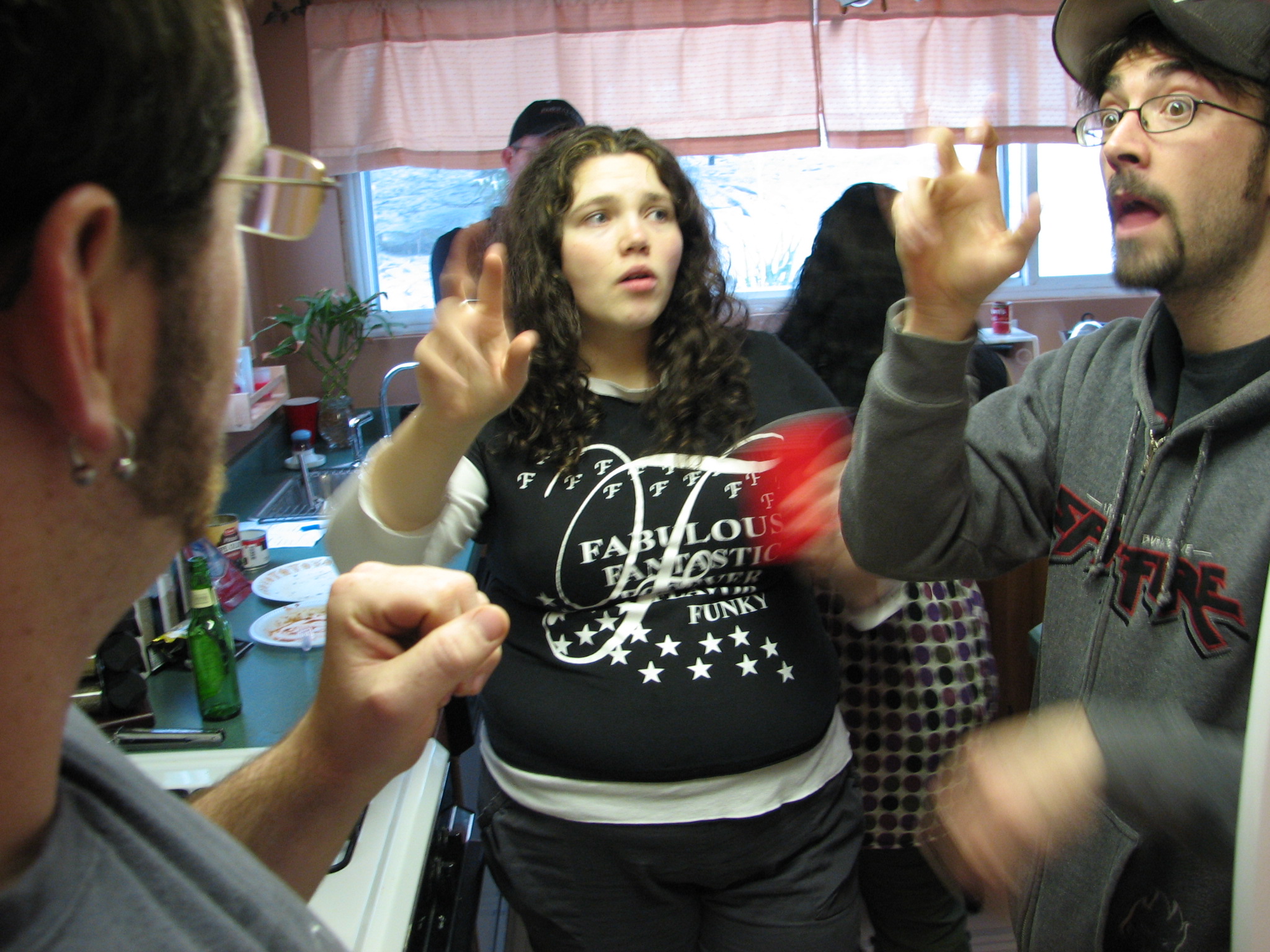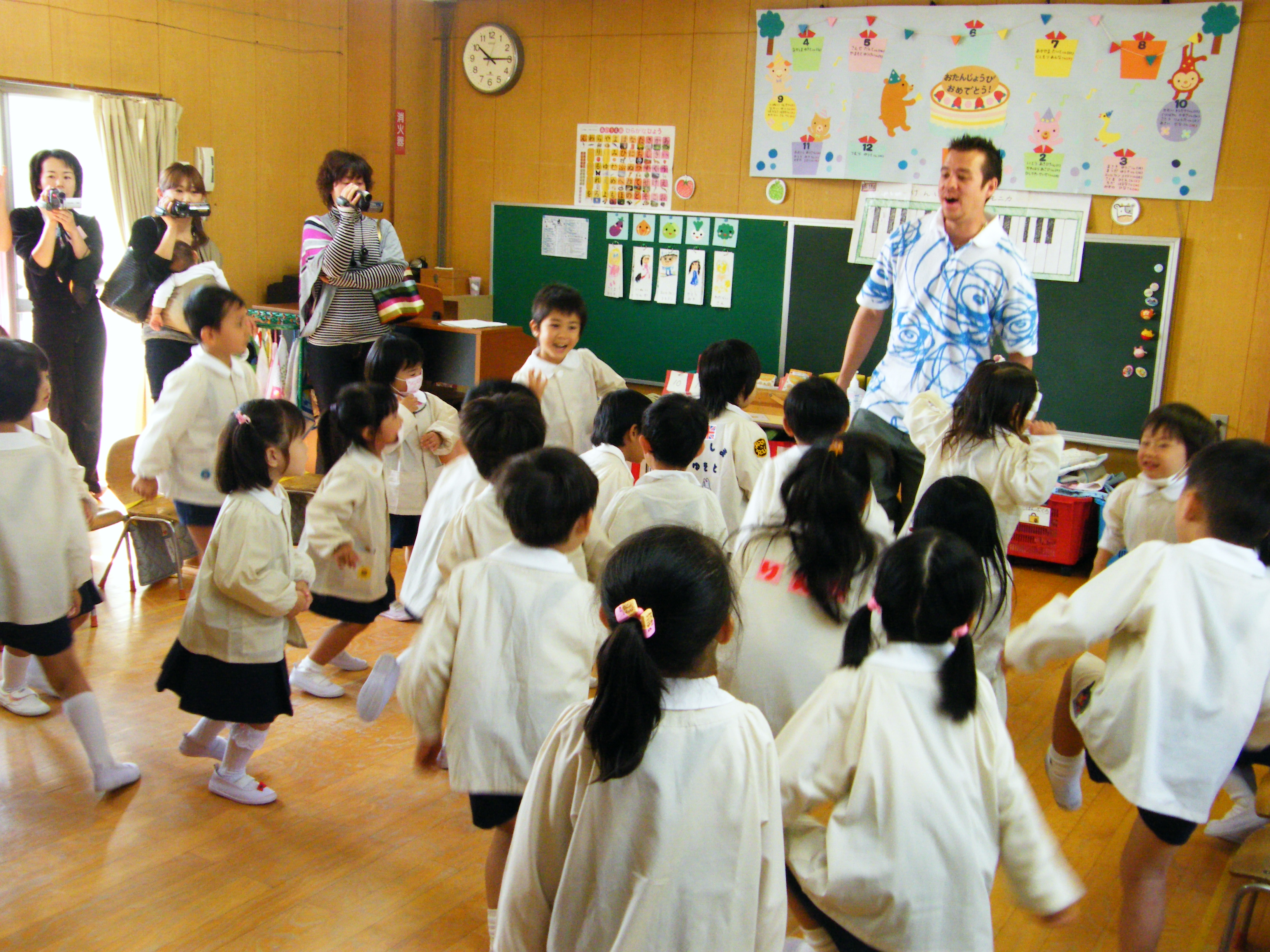|
ACTFL
ACTFL (American Council on the Teaching of Foreign Languages) is an organization aiming to improve and expand the teaching and learning of all languages at all levels of instruction. ACTFL is an individual membership organization of more than 13,000 language educators and administrators from elementary through graduate education, as well as in government and industry. Founded in 1967 as a small offshoot of the Modern Language Association (MLA), ACTFL quickly became both a resource and a haven for language educators. Since then, the organization has set industry standards, established proficiency guidelines, advocated for language education funding, and connected colleagues at the ACTFL Annual Convention. ACTFL language proficiency guidelines The ACTFL Proficiency Guidelines provide a means of assessing the proficiency of a foreign language speaker. It is widely used in schools and universities in the United States and the ACTFL Oral Proficiency Interview is the most widely u ... [...More Info...] [...Related Items...] OR: [Wikipedia] [Google] [Baidu] |
Common European Framework Of Reference For Languages
The Common European Framework of Reference for Languages: Learning, Teaching, Assessment, abbreviated in English as CEFR or CEF or CEFRL, is a guideline used to describe achievements of learners of foreign languages across Europe and, increasingly, in other countries. The CEFR is also intended to make it easier for educational institutions and employers to evaluate the language qualifications of candidates for education admission or employment. Its main aim is to provide a method of learning, teaching, and assessing that applies to all languages in Europe. It was put together by the Council of Europe as the main part of the project "Language Learning for European Citizenship" between 1989 and 1996. In November 2001, a European Union Council Resolution recommended using the CEFR to set up systems of validation of language ability. The six reference levels (A1, A2, B1, B2, C1, C2) are becoming widely accepted as the European standard for grading an individual's language proficien ... [...More Info...] [...Related Items...] OR: [Wikipedia] [Google] [Baidu] |
Oral Proficiency Interview
An Oral Proficiency Interview (OPI) is a standardized, global assessment of functional speaking ability. Taking the form of a conversation between the tester and test-taker, the test measures how well a person speaks a language by assessing their performance of a range of language tasks against specified criteria. In the United States, the criteria for each of ten proficiency levels are described in the ACTFL Proficiency Guidelines, devised by the American Council on the Teaching of Foreign Languages (ACTFL). In an OPI, the test-taker is interviewed by a certified ACTFL tester, who guides the conversation to explore the abilities and limits of the individual’s oral target language abilities. During the course of the interview, the interviewee is guided to engage in a variety of tasks such as describing, narrating, and hypothesizing. The interview is recorded and scored by the interviewer as well as a second certified tester using the following scale: Superior, Advanced High, Advan ... [...More Info...] [...Related Items...] OR: [Wikipedia] [Google] [Baidu] |
Language Proficiency
Language proficiency is the ability of an individual to use language with a level of accuracy that transfers meaning in production and comprehension. There is no singular definition of language proficiency: while certain groups limit its scope to speaking ability, others extend it to cover both productive and receptive language skills and their effective application in varying practical contexts. However, this diversity has implications for its application in other language domains such as literacy, testing, endangered languages, language impairment, etc. There is little consistency as to how different organizations classify it. Native-level fluency is estimated to require a lexicon between 20,000 and 40,000 words, but basic conversational fluency might require as few as 3,000 words. Developing language proficiency Developing proficiency in any language begins with word learning. By the time they are 12 months old, children learn their first words and by the time they are 36 mont ... [...More Info...] [...Related Items...] OR: [Wikipedia] [Google] [Baidu] |
Leo Benardo
Leo Benardo (March 13, 1928 – July 31, 2016) was a foreign language educator and the second president of the American Council on the Teaching of Foreign Languages. Early life and education Benardo was born and raised in the Bronx, NY. He was a 1944 graduate of William Howard Taft High School at the age of 15. He matriculated at the City College of New York where he was Phi Beta Kappa in his junior year and graduated in 1947. Career Benardo was Director of Foreign Languages of the New York City School System from 1966 to 1987 and supervised some 1,300 foreign language teachers. In 1966 and 1967, Benardo wrote and appeared in 30 television programs televised weekly — first on WPIX Channel 11 and later on the New York City Board of Education outlet in programs entitled ''Methods of Teaching Foreign Languages''. These programs are kinescoped and stored. Benardo co-authored ''English: Your New Language'', a textbook series for non-native English students published in 196 ... [...More Info...] [...Related Items...] OR: [Wikipedia] [Google] [Baidu] |
Defense Language Proficiency Tests
The Defense Language Proficiency Test (DLPT) is a battery of foreign language tests produced by the Defense Language Institute and used by the United States Department of Defense (DoD). They are intended to assess the general language proficiency of native English speakers in a specific foreign language, in the skills of reading and listening. An Oral Proficiency Interview (OPI) is sometimes administered to Defense Language Institute students to establish the graduate's proficiency in speaking following training there, but it is not part of the DLPT. Description The tests are meant to measure how well a person can function in real-life situations in a foreign language according to well-defined linguistic tasks and assessment criteria. Originally paper tests, they are increasingly delivered by computer. The tests are used to assess the skill level of DoD linguists. Linguists are tested once a year in the skills of reading and listening. Test scores determine the amount of Foreig ... [...More Info...] [...Related Items...] OR: [Wikipedia] [Google] [Baidu] |
Eileen Glisan
Eileen Glisan is a professor of Spanish language and Spanish language education at Indiana University of Pennsylvania. She was elected as the President of the American Council on the Teaching of Foreign Languages ACTFL (American Council on the Teaching of Foreign Languages) is an organization aiming to improve and expand the teaching and learning of all languages at all levels of instruction. ACTFL is an individual membership organization of more than 13 ... for 2009. References External linksDistinguished Faculty Awards''IUP Magazine'', 2000.Glisan Elected President of Language Educators Association ACTFL, January 15, 2008 Indiana University of Pennsylvania Linguists from the United States Living people Women linguists Year of birth missing (living people) {{US-linguist-stub ... [...More Info...] [...Related Items...] OR: [Wikipedia] [Google] [Baidu] |
Language
Language is a structured system of communication. The structure of a language is its grammar and the free components are its vocabulary. Languages are the primary means by which humans communicate, and may be conveyed through a variety of methods, including spoken, sign, and written language. Many languages, including the most widely-spoken ones, have writing systems that enable sounds or signs to be recorded for later reactivation. Human language is highly variable between cultures and across time. Human languages have the properties of productivity and displacement, and rely on social convention and learning. Estimates of the number of human languages in the world vary between and . Precise estimates depend on an arbitrary distinction (dichotomy) established between languages and dialects. Natural languages are spoken, signed, or both; however, any language can be encoded into secondary media using auditory, visual, or tactile stimuli – for example, writing ... [...More Info...] [...Related Items...] OR: [Wikipedia] [Google] [Baidu] |
Educational Organizations Based In The United States
Education is a purposeful activity directed at achieving certain aims, such as transmitting knowledge or fostering skills and character traits. These aims may include the development of understanding, rationality, kindness, and honesty. Various researchers emphasize the role of critical thinking in order to distinguish education from indoctrination. Some theorists require that education results in an improvement of the student while others prefer a value-neutral definition of the term. In a slightly different sense, education may also refer, not to the process, but to the product of this process: the mental states and dispositions possessed by educated people. Education originated as the transmission of cultural heritage from one generation to the next. Today, educational goals increasingly encompass new ideas such as the liberation of learners, skills needed for modern society, empathy, and complex vocational skills. Types of education are commonly divided into form ... [...More Info...] [...Related Items...] OR: [Wikipedia] [Google] [Baidu] |
Pedagogy
Pedagogy (), most commonly understood as the approach to teaching, is the theory and practice of learning, and how this process influences, and is influenced by, the social, political and psychological development of learners. Pedagogy, taken as an academic discipline, is the study of how knowledge and skills are imparted in an educational context, and it considers the interactions that take place during learning. Both the theory and practice of pedagogy vary greatly as they reflect different social, political, and cultural contexts. Pedagogy is often described as the act of teaching. The pedagogy adopted by teachers shapes their actions, judgments, and teaching strategies by taking into consideration theories of learning, understandings of students and their needs, and the backgrounds and interests of individual students. Its aims may range from furthering liberal education (the general development of human potential) to the narrower specifics of vocational education (the im ... [...More Info...] [...Related Items...] OR: [Wikipedia] [Google] [Baidu] |
Language Education In The United States
Language education in the United States has historically involved teaching American English to immigrants; and Spanish, French, Latin, Italian or German to native English speakers. Bilingual education was sponsored in some districts, often contentiously. Japanese language education in the United States increased following the Japanese post-war economic miracle. This was a period between World War II and the Cold War, when Japan had the second largest economy in the world. To participate, the government increased funding to teaching Japanese in schools. Chinese as a second language began to be taught more frequently in response to the reform and opening of the People's Republic of China; this has included funding from the PRC Government. In the aftermath of the September 11 terrorist attacks, US Senator Norm Coleman called Arabic "the next strategic language". Less Commonly Taught Languages (LCTLs) is a designation used for languages other than Spanish, French, and G ... [...More Info...] [...Related Items...] OR: [Wikipedia] [Google] [Baidu] |
Task-based Language Learning
Task-based language teaching (TBLT), also known as task-based instruction (TBI), focuses on the use of authentic language to complete meaningful tasks in the target language. Such tasks can include visiting a doctor, conducting an interview, or calling customer service for help. Assessment is primarily based on task outcome (the appropriate completion of real-world tasks) rather than on accuracy of prescribed language forms. This makes TBLT especially popular for developing target language fluency and student confidence. As such, TBLT can be considered a branch of communicative language teaching (CLT). Background Task-based language learning has its origins in communicative language teaching, and is a subcategory of it. Educators adopted task-based language learning for a variety of reasons. Some moved to a task-based syllabus in an attempt to develop learner capacity to express meaning, while others wanted to make language in the classroom truly communicative, rather than the pseud ... [...More Info...] [...Related Items...] OR: [Wikipedia] [Google] [Baidu] |


